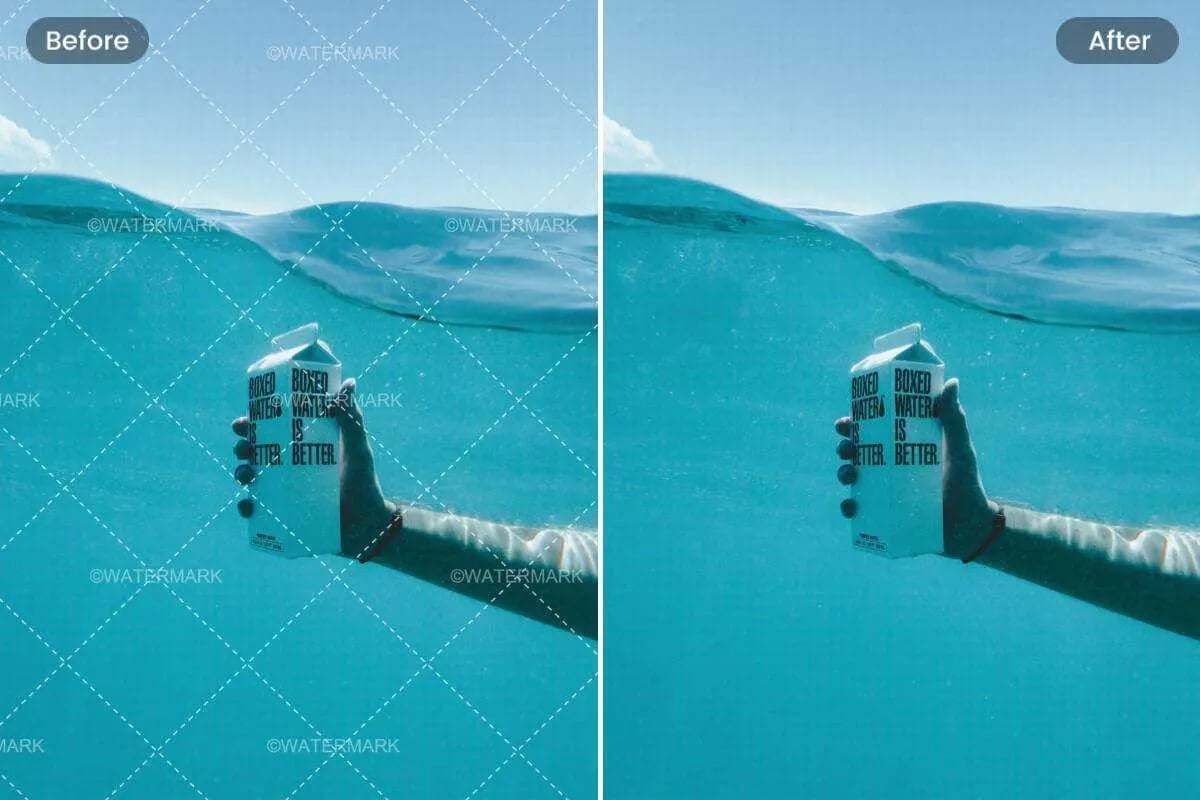How Can I Remove A Filter From A Picture

The pervasive use of filters on digital images has become a defining characteristic of modern online communication. While filters can enhance aesthetics, obscure imperfections, or even create entirely new realities, a growing need to revert images to their original, unfiltered state is emerging. But is it even possible?
This article examines the technical feasibility of removing filters from images. It delves into the various methods employed, the limitations encountered, and the ethical considerations that arise when attempting to reverse image manipulation.
The Illusion of a One-Click Solution
Many online platforms and software applications claim to offer filter removal tools. However, the effectiveness of these tools varies widely, and a true "one-click" solution is often an illusion.
The success rate depends largely on the complexity of the filter applied and the amount of data lost during the filtering process. Simple color adjustments might be relatively easy to reverse, whereas more intricate filters involving texture modifications or face reshaping present significant challenges.
Understanding Filter Types and Their Reversibility
Filters can be broadly categorized based on their complexity and the techniques they employ. Color filters, for example, primarily alter the color palette of an image by adjusting parameters like hue, saturation, and brightness.
These adjustments can sometimes be reversed using image editing software to undo the specific color modifications. More advanced filters, like those used for skin smoothing or face slimming, use more complex algorithms and may alter the pixel data in irreversible ways.
The Role of Metadata
Metadata, the embedded data within an image file, can sometimes provide clues about the filter applied. Certain applications might store information about the specific filter used and its parameters within the image's metadata.
However, this information is not always present or accurate. Metadata can be easily stripped or modified, rendering it unreliable for filter identification and removal.
Techniques for Filter Removal
Several techniques can be employed to attempt filter removal, with varying degrees of success. One approach involves using image editing software like Adobe Photoshop or GIMP to manually adjust the image's color, contrast, and sharpness.
This process requires a trained eye and a good understanding of image editing principles. Another approach involves using specialized software or online tools that claim to automatically remove filters using algorithms based on machine learning.
These tools analyze the image and attempt to identify and reverse the specific effects of the filter. However, the accuracy of these automated tools is often limited, especially with complex filters.
The Ethical Considerations
The ability to remove filters from images raises several ethical concerns. In some cases, filter removal could be used to distort reality or misrepresent someone's appearance.
Consider the implications of removing filters from images used in news reports or legal proceedings. The potential for manipulation and deception is significant. Furthermore, the act of removing a filter from an image without the original creator's consent could be considered a violation of copyright or other intellectual property rights.
"The ease with which images can be manipulated and altered online poses a serious challenge to trust and authenticity," cautions Dr. Anya Sharma, a digital media ethics professor at the University of Technology.
The Future of Filter Removal Technology
Advancements in artificial intelligence and machine learning are continuously improving the capabilities of filter removal technology. Researchers are developing algorithms that can more accurately identify and reverse the effects of complex filters.
However, as filter removal technology improves, so too will filter technology, creating an ongoing arms race between those seeking to manipulate images and those seeking to restore them to their original state. The development and deployment of these technologies must be accompanied by ethical guidelines and regulations to prevent misuse and ensure transparency.
Ultimately, while the complete removal of filters remains a difficult and often imperfect process, understanding the underlying techniques and limitations is crucial for navigating the increasingly manipulated world of digital imagery.


















